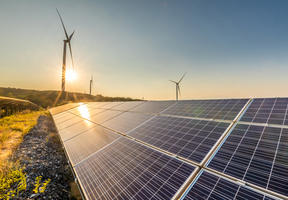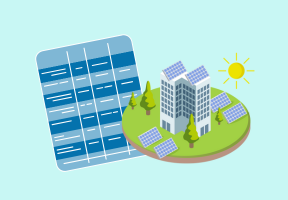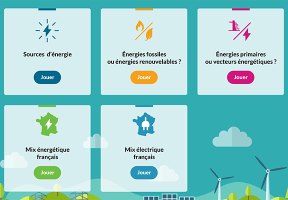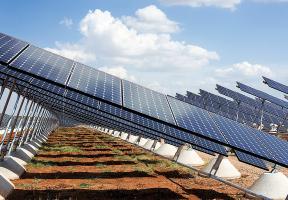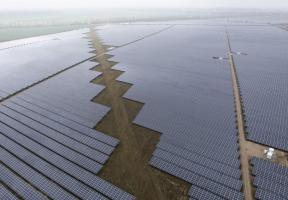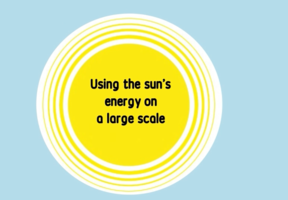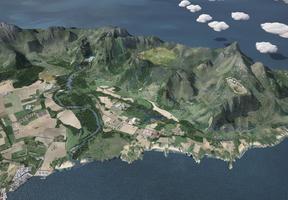Solar Power in Pictures
5 min read
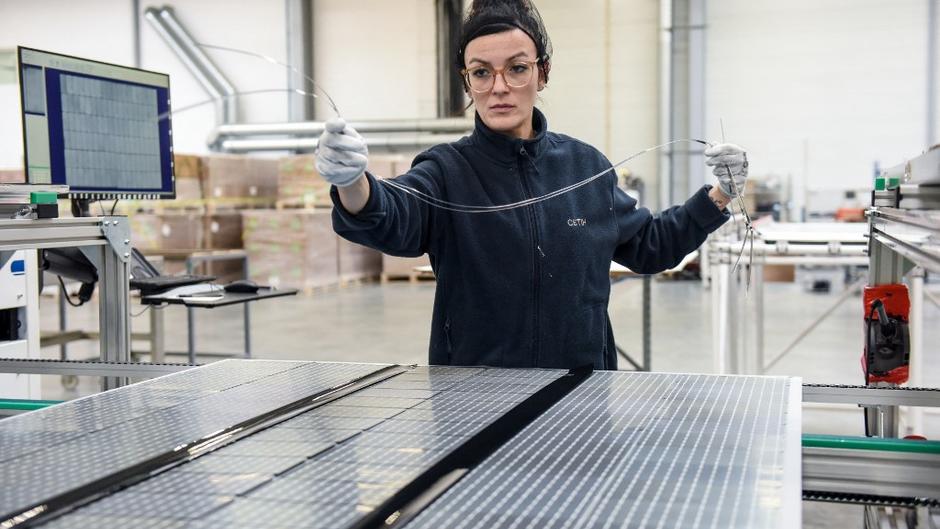
1. The large bluish mosaic of a standard solar panel
The production of photovoltaic cells is predominantly (95%) based on technology, as this element is naturally abundant on Earth. It is found in sand in particular. Thousands of these cells are assembled to make rigid black or deep-blue panels. This is the French SunPower plant, at Vernejoul in the Moselle department in France.
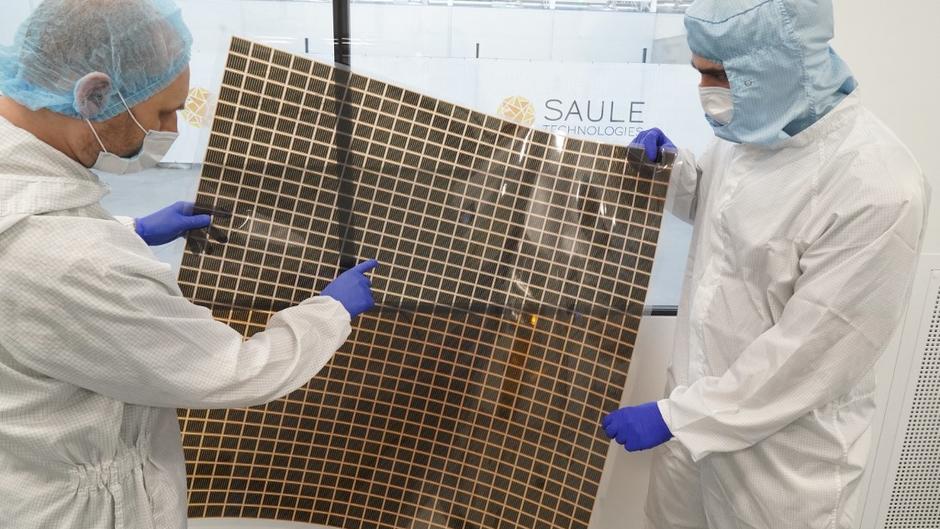
2. Increasingly flexible and thinner cells
Photovoltaic technologies are constantly improving. Thin layers and the use of organic, carbon-based materials make the panels more and more malleable. It is now possible to “print” the cells onto plastic sheeting, which means they can be used for a wide range of different applications. In this picture, a production line in March 2023 at the Systovi factory in Carquefou, near Nantes (France).
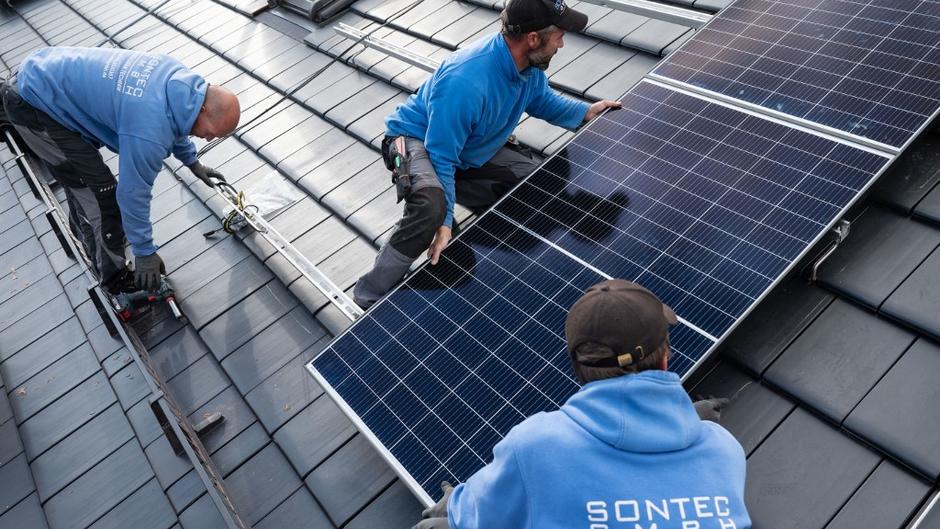
3. Installations on rooftops
The most common location for silicon solar panels is on the roofs of buildings. These may include large urban constructions (stadiums, apartment blocks), agricultural buildings, or individual houses. This carbon-free electricity is produced as direct current, and transformed into by an inverter before being channeled into the circuit for the building or the public grid. This picture shows an installation in Stuttgart, in southern Germany.

4. Opening up isolated regions
PV solar power has given many isolated regions access to electricity. 90% of the world population currently benefits from it, compared with just 75% in 2000. In this picture, thanks to solar-powered public lighting, Chinese youngsters play basketball in a village near Guilin, in the remote region of Guangxi (South China).
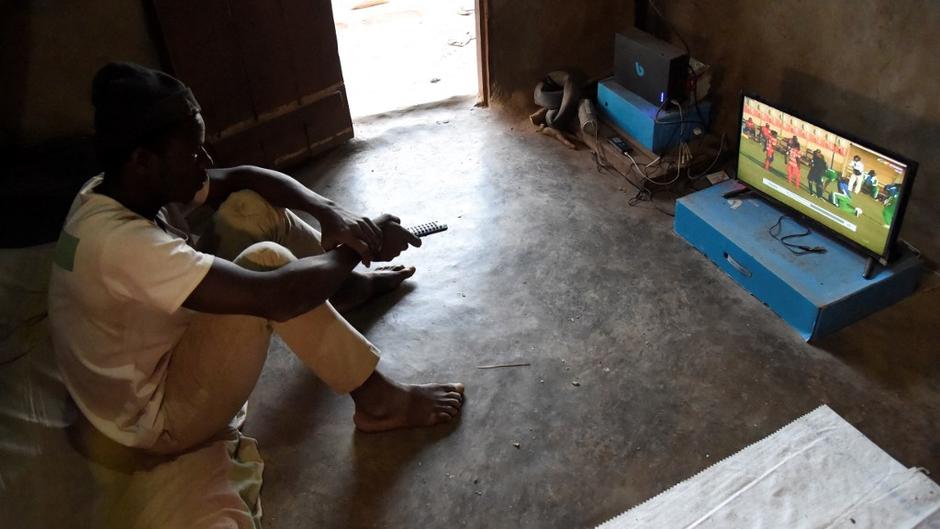
5. Mini solar power stations in African villages
As public power grids are few and far between in many African regions, mini independent solar power stations have been installed in the villages, to provide electricity for minimum lighting, operating water pumps and running domestic appliances. The electricity produced during the day is stored in a collective battery. Here in a village in the north of Togo, a villager is watching an English Premier League football match.

6. Increasingly decentralized applications
The era of small individual digital devices (cellphones, smart watches, etc.) has given rise to a plethora of mini solar panels that supply small quantities of electricity. In this photo, PV cells on a backpack supply the hiker with enough energy to light his way and stay in touch with the base camp. The equipment is presented at the Consumer Electronics Show (CES) in Las Vegas.

7. Solar panels’ end of life
– The growing number of panels worldwide raises the issue of recycling. At the Véolia plant in Rousset (southern France), solar panels are over 95% recycled. The panels go through a processing chain where they are cut and then grind in just over a minute. About a dozen of components (plastics, silicon, various metals and above all, glass) are separated out. , are very easily reused. In this photo you can see the very fine class fragments, called glass cullet, which can be reused very easily.
 This may interest you
This may interest you
See all

